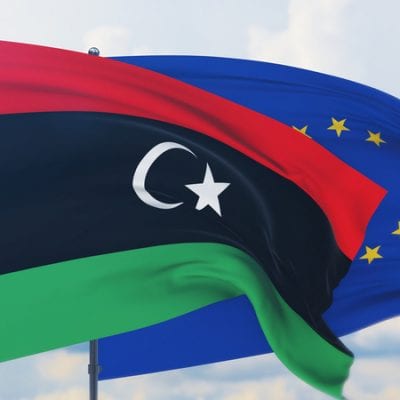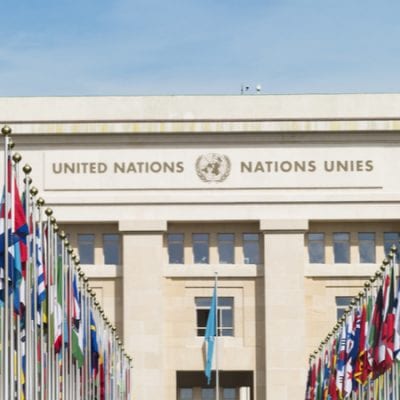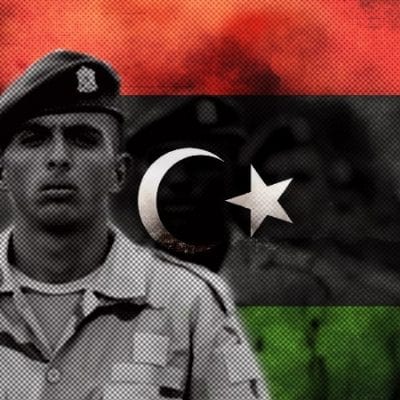Foreign intervention continues to destroy Libya
On 19 March 2011, a multi-state NATO-led coalition began a military intervention in Libya, to implement United Nations Security Council Resolution 1973, in response to events during the Libyan Civil War. The United Nations’ intent and voting was to have an immediate ceasefire in Libya, including an end to the current attacks against civilians, which it said might constitute crimes against humanity, imposing a ban on all flights in the country’s airspace – a no-fly zone – and tightened sanctions on the Muammar Gaddafi government and its supporters.
From the beginning of the intervention, the initial coalition of Belgium, Canada, Denmark, France, Italy, Norway, Qatar, Spain, UK and US expanded to nineteen states, with newer states mostly enforcing the no-fly zone and naval blockade or providing military logistical assistance. The effort was initially largely led by France and the United Kingdom, with command shared with the United States. NATO took control of the arms embargo on 23 March, named Operation Unified Protector. An attempt to unify the military command of the air campaign, first failed over objections by the French, German, and Turkish governments. On 24 March, NATO agreed to take control of the no-fly zone, while command of targeting ground units remains with coalition forces.
Read More: Libya: Reservations from 4 countries on the Arab League resolution
The war, therefore, saw 41 countries lined up against Libya of Muammar Gaddafi. So far, the 2011 foreign intervention in the north-African Country was the most disastrous one in history and not only because of the current conditions, which Libyan people are facing.Since the start of the campaign, there have been allegations of violating the limits imposed upon the intervention by Resolution 1973 and by US law. At the end of May 2011, Western troops were captured on film in Libya, despite Resolution 1973 specifically forbidding “a foreign occupation force of any form on any part of Libyan territory”. In the article however, it reports that armed Westerners but not Western troops were on the ground.
On 9 August, the head of UNESCO, Irina Bokova deplored a NATO strike on Libyan State TV, Al-Jamahiriya, that killed 3 journalists and wounded others.Bokova declared that media outlets should not be the target of military activities. On 11 August, after the NATO airstrike on Mayer that allegedly killed 85 civilians, UN Secretary-General Ban Ki-moon called on all sides to do as much as possible to avoid killing innocent people.NATO civilian casualties have been more than people killed by Gaddafi’s regime in 42 years. Reports said. Furthermore, it must be said that following international intervention, Libya has fallen into chaos. The Muslim Brotherhood and other Islamists factions facilitated the destruction of state institutions, the military and police apparatus, allowing the entry of foreign extremist and terrorist groups who used Libya as a safe haven for their business.
Today the country has no control over its borders and resources which are managed by criminal groups and smugglers, including those of the worst species human traffickers.Foreign intervention has also torn apart the Libyan social fabric, increased political and tribal divisions, at the base of the current conflict between the Government of National Accord (GNA) and the Libyan National Army (LNA).The malicious intervention of foreign countries has never stopped and the history of 2011 seems to repeat itself today, but with a difference: those 41 countries are no longer all compact against the Libyan government, but are lined up against each other in Libya.Without them, without the direct intervention of foreign forces, the Libyans would have already reached an understanding. It is time for all the foreign powers to raise their hands from Libya and leave thepeople the right to determine their fate. Before it’s too late.



